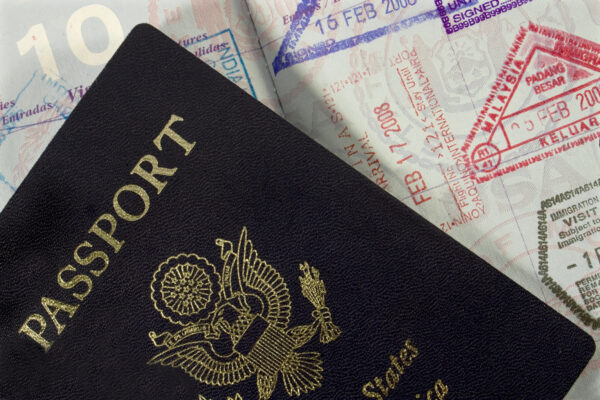Copyright thediplomat

On November 3, Uzbek President Shavkat Mirziyoyev signed a presidential decree establishing a visa-free regime for U.S. citizens, “[i]n order to create favorable conditions for the further development of interstate relations between the Republic of Uzbekistan and the United States of America in the trade, economic, cultural, humanitarian and tourism spheres.” From January 1, 2026, all U.S. citizens will be able to enter Uzbekistan without a visa and stay for up to 30 days. In 2021, Uzbekistan had introduced a limited visa-free regime for U.S. citizens over the age of 55; others seeking to travel to Uzbekistan for business or tourism were able to apply for a $20 e-visa. The decree brings Uzbekistan into alignment with much of Central Asia. U.S. citizens have visa-free access to Kazakhstan (30 days), Kyrgyzstan (60 days), and Tajikistan (30 days). Turkmenistan requires both a visa and a letter of invitation for U.S. citizens. In a May presidential decree, Mirziyoyev directed his government “to dramatically increase the flow of tourists,” setting out 2025 targets and outlining new efforts to open the country to travelers from abroad. He also instructed the Uzbek Foreign Ministry to start negotiations with the United States with the aim of introducing a visa-free entry regime. That effort, the May decree made clear, was to be paired with an easing of visa requirements for Uzbek citizens seeking to enter the United States – but the experience of other Central Asian countries, and the current state of U.S. domestic politics, renders that highly unlikely. No Central Asian state has visa-free access to the United States. In June, Turkmenistan was added to the list of countries facing partial visa bans, meaning that most Turkmen citizens are unable to obtain visas to come to the United States. The situation dramatically upended the lives of Turkmen students studying in the United States, in particular, and the policy appears to not have been adjusted as was hoped. Kyrgyzstan was reportedly among the additional countries being considered for full or partial visa bans. Some of the region’s countries are among the top 25 in terms of visa refusal rates in the U.S., too. In 2024, Uzbekistan ranked 13th in terms of B-visa refusal rates – that is B-1 (business) and B-2 (tourism) visas – with a rate of 64.41 percent. Turkmenistan ranked 22nd, with a refusal rate of 58.80 percent. Kyrgyzstan fared best of the Central Asia countries, with a refusal rate of 39.14 percent. With Mirziyoyev, along with the other Central Asian leaders, expected in Washington this week for a presidential-level C5+1 summit on November 6, the timing of his visa-free decree is unlikely a mere coincidence. But with the Trump administration’s track-record on immigration, it’s hard to fathom a relaxing of visa restrictions for Uzbekistan – even after the offering of an olive branch in the form of visa-free access for U.S. citizens traveling to Uzbekistan. Kyrgyzstan introduced its visa-free regime for U.S. citizens back in 2012. Kazakhstan followed suit in 2014, and Tajikistan made the switch in 2022. And yet none of those countries saw a comparative policy change on the U.S. side. Meanwhile, in June 2025, Uzbekistan and China announced a mutual visa-free regime.



